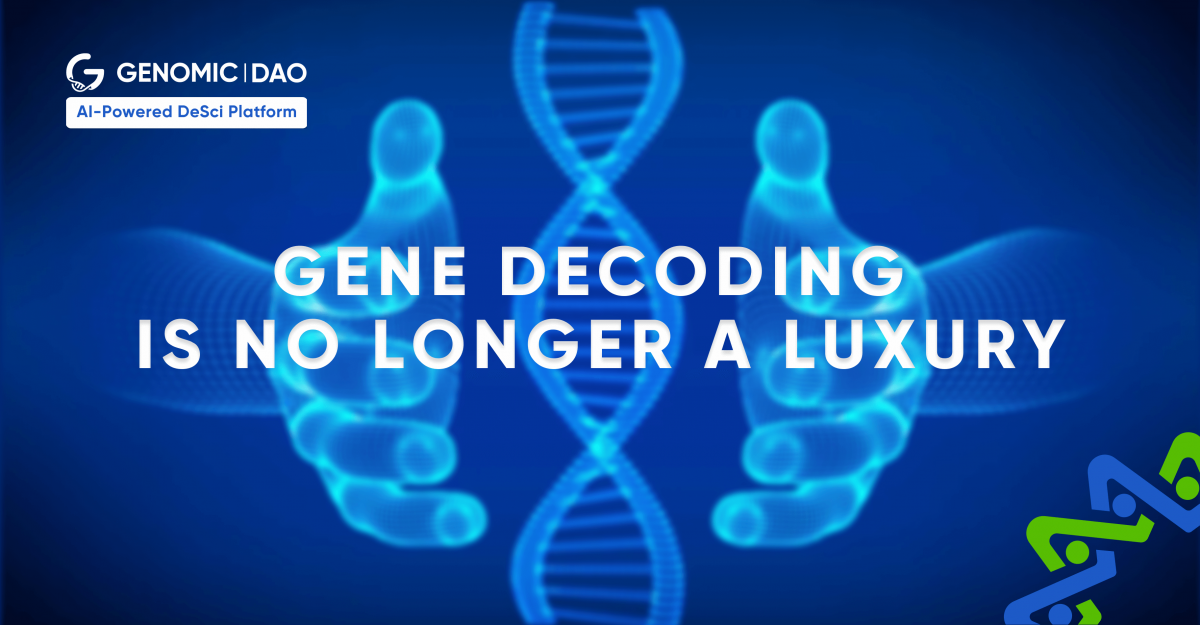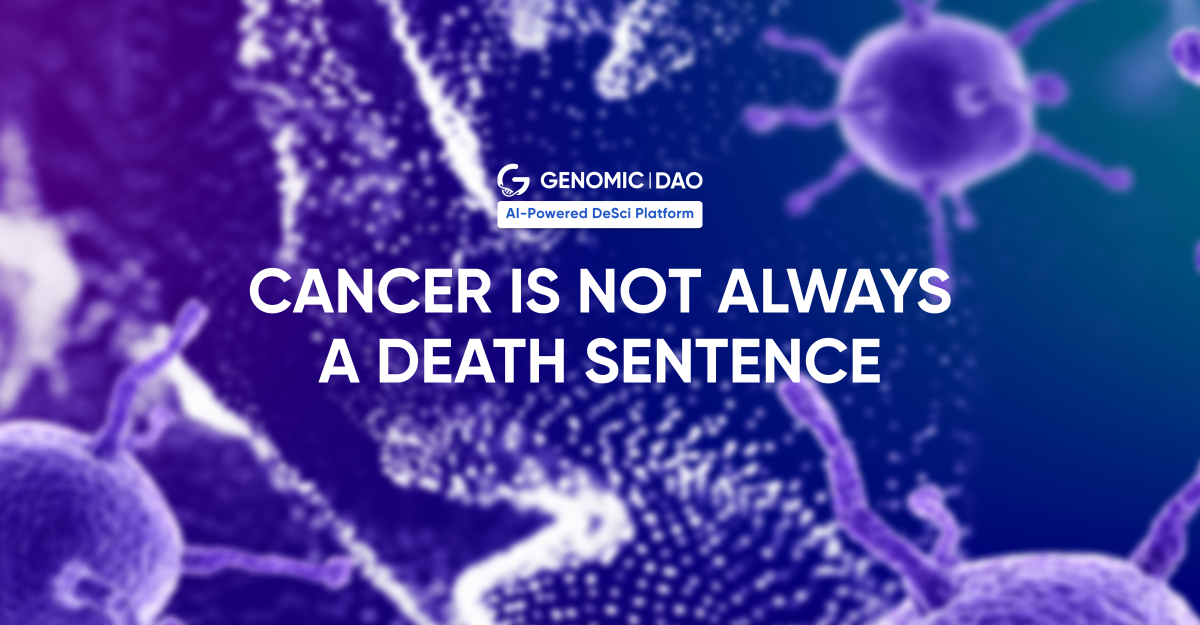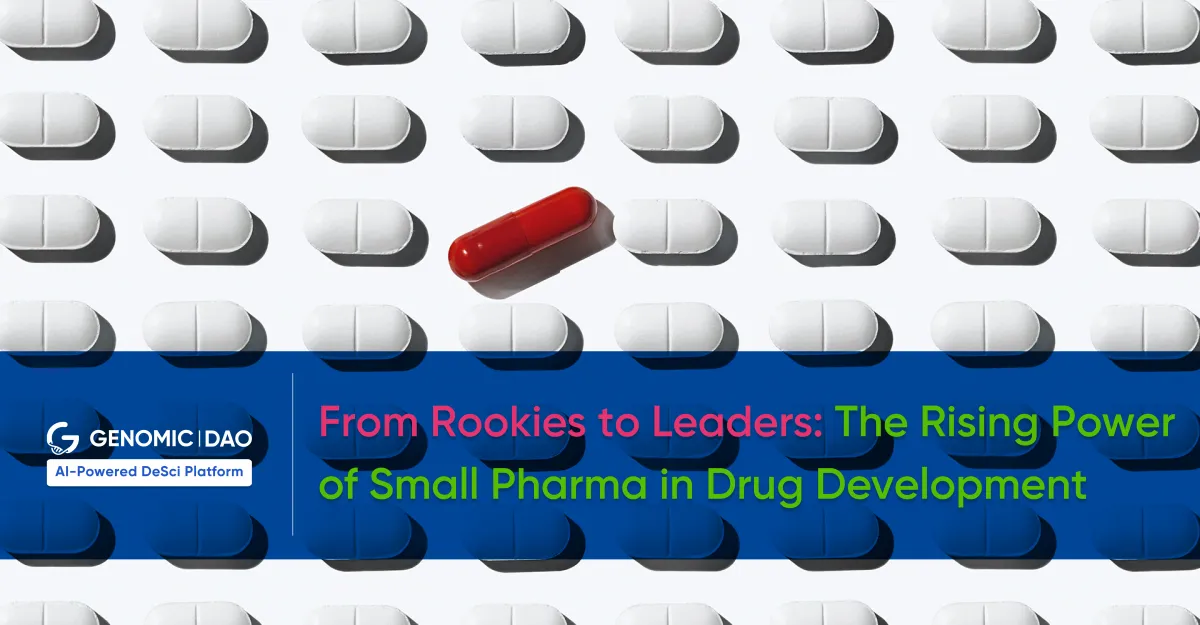
The cost of sequencing one human genome used to be $100 million. Today, it is $600.
Gene decoding, also known as DNA sequencing, is a process that identifies the order of nucleotides in a DNA molecule, which is crucial in understanding genetic variation, genetic disorders, and the evolutionary history of organisms. This process was expensive in the past, limiting its use to a small group of researchers. However, with advancements in technology, the cost of gene decoding has decreased significantly, making it more accessible to researchers, medical professionals, and even the general public.
The Cost of Gene Decoding in the Past
The first human genome was sequenced in 2003, and it took 13 years to complete the project at the cost of $2.7 billion (1). At that time, the cost of sequencing one human genome was around $100 million, which was prohibitively expensive for most researchers. The high cost of gene decoding limited its use to a small group of researchers, and it was considered a luxury in the field of genetics.
The Decreasing Cost of Gene Decoding
The cost of gene decoding has decreased rapidly in recent years, making it more accessible to researchers, medical professionals, and even the general public. In 2008, the cost of sequencing a human genome dropped to $1 million. By 2012, the cost had dropped to $10,000; in 2016, it was possible to sequence a human genome for $1,000. Today, the cost of decoding a human genome is around $600.
This rapid decrease in cost has made genome sequencing more accessible to researchers and medical professionals, allowing them to use it on a larger scale at a pace that has demolished the expectations of Moore’s law (1).
Moore’s Law states that the number of transistors on a microchip doubles every two years. This means that we can expect the speed and capability of our computers to increase every two years while paying less for them (2).
The decreasing cost of gene decoding has been driven by advancements in technology. Today, several different methods have allowed for rapid advancements in genome sequencing and have made it more accessible to researchers and medical professionals.
The development of artificial intelligence and machine learning has also contributed to the decrease in the cost of gene decoding.
Most recently, genomics behemoth Illumina, which controls around 80 percent of the DNA sequencing market globally, unveiled what it calls its fastest, most cost-efficient sequencing machines that will slash the cost to just $200 per human genome while providing a readout at twice the speed (3).
These technological advancements will allow doctors to analyze vast amounts of genetic data quickly and accurately, leading to more effective treatments. This will be especially helpful in the case of rare diseases, where genetic information is often vital to developing new treatments.
Affordable Gene Decoding
The decreasing cost of gene decoding has had significant implications for the field of genetics. Researchers can now sequence DNA at a much larger scale, allowing them to study genetic variation in populations, identify disease-causing mutations, and develop personalized medicine. The lower costs have also led to the development of direct-to-consumer genetic testing, which allows individuals to learn about their genetic makeup, ancestry, and potential health risks. Direct-to-consumer genetic testing has become increasingly popular in recent years.
Companies like Genetica leverage AI technology to provide low-cost gene test solutions directly to consumers with in-depth personalized reports on optimal plans for fitness and diet; children’s development, and critical illness prevention (cancers, diabetes, strokes…).
The affordability of gene decoding has also led to the democratization of science, allowing researchers from all over the world to access this powerful tool. This has resulted in a more diverse range of researchers studying genetics, which has led to more diverse perspectives on genetic research.
The decreasing cost of gene decoding has also led to advancements in medical treatments. By using genomic information, researchers have been able to develop personalized medicine that is tailored to an individual’s genetic makeup. Gene decoding has also led to the development of gene therapies, which aim to treat or cure genetic disorders by altering the patient’s DNA.
The Future of Gene Decoding
The cost of gene decoding is expected to continue to decrease, allowing even more researchers to study genetics on a larger scale. Gene decoding is expected to become an integral part of routine medical care, allowing for earlier disease detection and personalized treatments. For example, genetic testing can help identify individuals at risk for certain cancers, allowing for earlier detection and treatment.
Gene decoding will play a significant role in the development of personalized medicine, or precision medicine, an approach to healthcare that takes into account an individual’s unique genetic makeup, lifestyle, and environment to tailor medical treatments to their specific needs (4) Gene decoding makes sequencing an individual’s genome and analyzing it for mutations and variations a possibility.
The global Direct-to-Consumer Genetic Testing (DTC) market size was USD 1.29 billion in 2021 and is expected to register a revenue Compound Annual Growth Rate (CAGR) of 13.3% during the forecast period (5).
23andMe is reported to have more than 12 million customers worldwide. Ancestry recently announced its consumer DNA network had reached over 15 million completed samples. Asia-based biotech company Genetica has quickly amassed over 100,000 genetic profiles by leveraging its proprietary gene decoding chip for Asians.
It is safe to say that with the expected decrease in cost and rising demand for personalized medicine, gene decoding has undoubtedly become more accessible to the general public, and will become the new norm for healthcare practices.
References
- ETFs, G.X. (2019) Genomics: The next great leap in health care, Seeking Alpha. Available at: https://seekingalpha.com/article/4254676-genomics-next-great-leap-in-health-care (Accessed: March 2, 2023).
- Tardi, C. (2023) What is Moore’s law and is it still true?, Investopedia. Investopedia. Available at: https://www.investopedia.com/terms/m/mooreslaw.asp#:~:text=Moore's%20Law%20states%20that%20the,will%20pay%20less%20for%20them.(Accessed: March 2, 2023).
- Mullin, E. (2022) The era of fast, cheap genome sequencing is here, Wired. Conde Nast. Available at: https://www.wired.com/story/the-era-of-fast-cheap-genome-sequencing-is-here/ (Accessed: March 2, 2023).
- Center for Devices and Radiological Health (no date) Precision medicine, U.S. Food and Drug Administration. FDA. Available at: https://www.fda.gov/medical-devices/in-vitro-diagnostics/precision-medicine (Accessed: March 2, 2023).
- Emergen Research, https://www.emergenresearch.com/ (no date) Direct-to-consumer genetic testing market size, share: Industry forecast by 2030, Direct-to-Consumer Genetic Testing Market Size, Share | Industry Forecast by 2030. Available at: https://www.emergenresearch.com/industry-report/direct-to-consumer-genetic-testing-market (Accessed: March 2, 2023).






